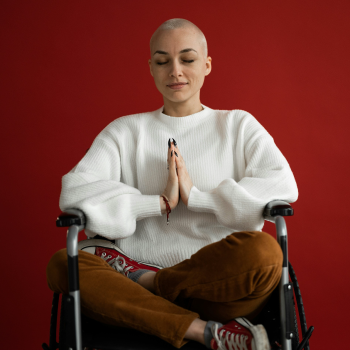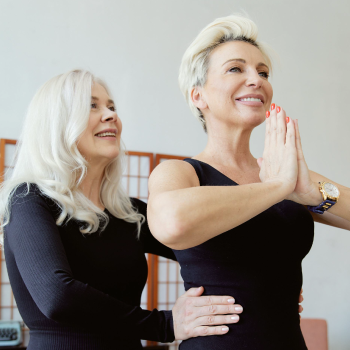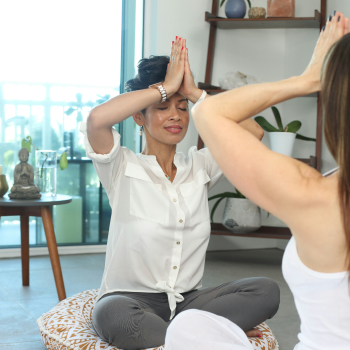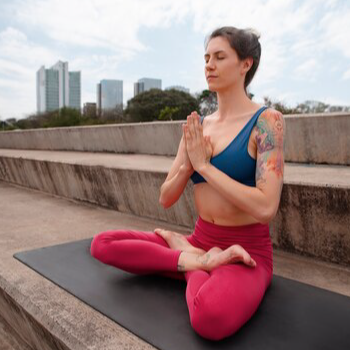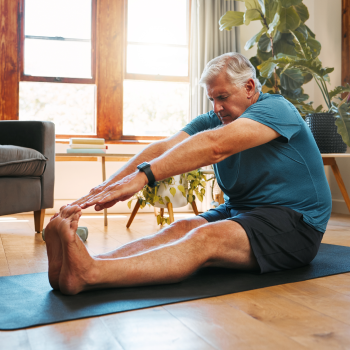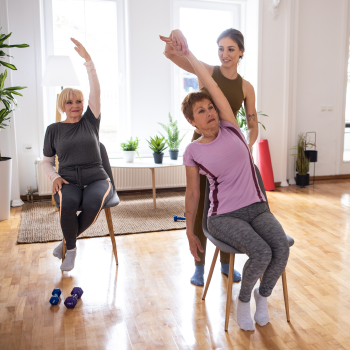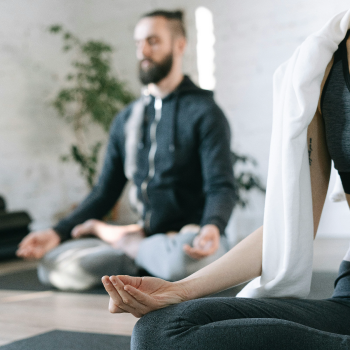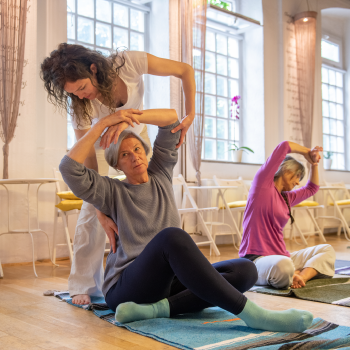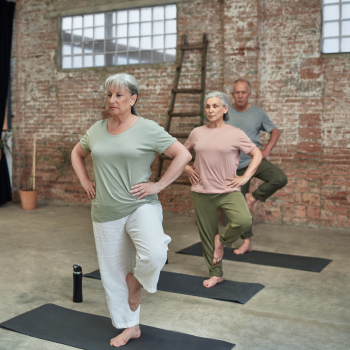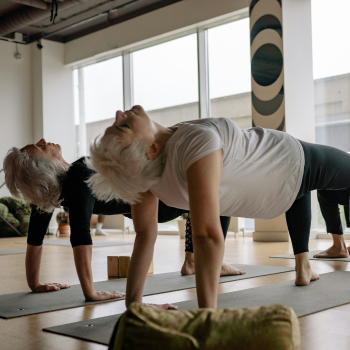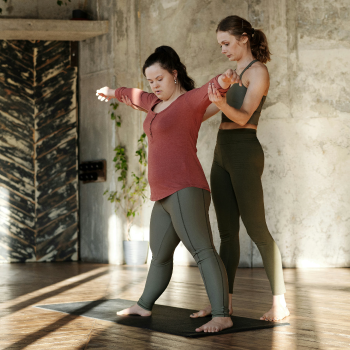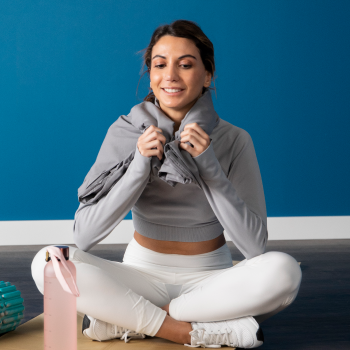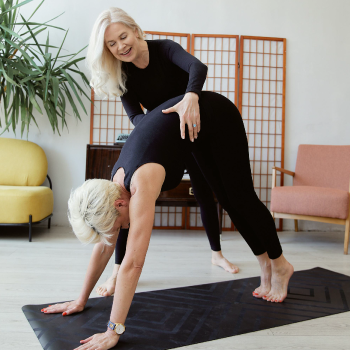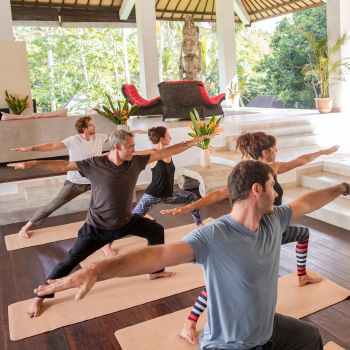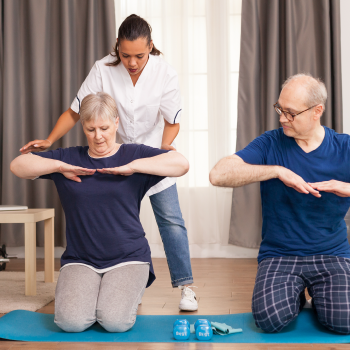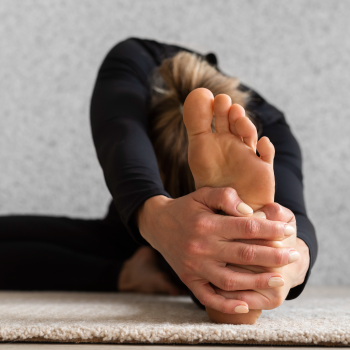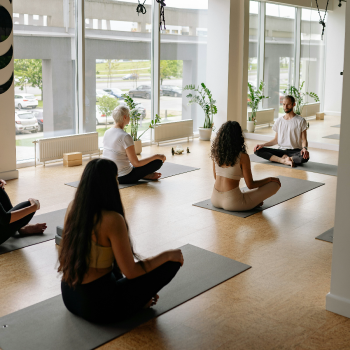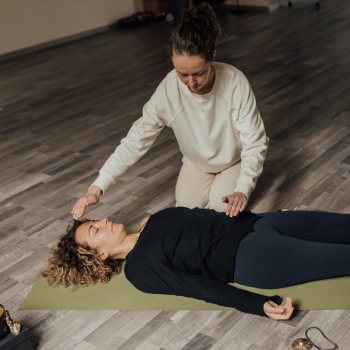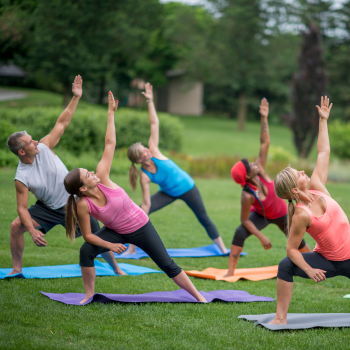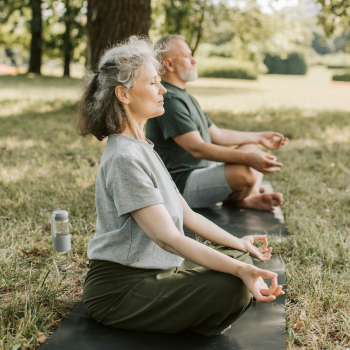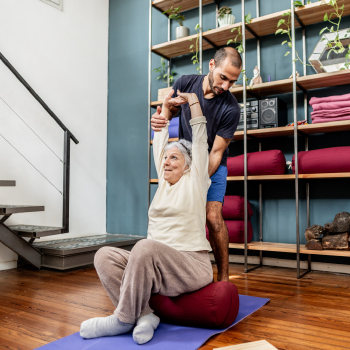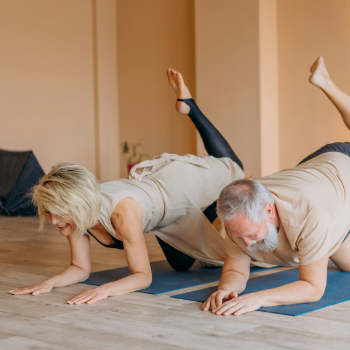What is Rheumatoid Arthritis?
Rheumatoid Arthritis (RA) is a chronic autoimmune disorder that predominantly affects peripheral joints, leading to pain, swelling, and potential loss of function. This condition is marked by an immune system attack on the joint lining, causing inflammation and damage. RA affects around 0.5-1.0% of the global population, with a higher incidence among women. It can significantly impair one's quality of life by limiting mobility and causing persistent discomfort. The disease’s etiology involves a combination of genetic, environmental, and hormonal factors, which contribute to its complexity and variability in symptoms and severity. Understanding RA's foundational aspects is crucial for effective management and treatment planning, including alternative therapies like yoga.
Common Symptoms of Rheumatoid Arthritis
Recognizing and understanding the early signs of RA is essential for effective disease management and reducing long-term impacts on joint health and overall physical function. RA commonly affects multiple joints, particularly those in the hands, wrists, and knees. Symptoms often include:
- Joint pain and tenderness: Persistent discomfort that can affect one or multiple joints.
- Swelling and inflammation: Noticeable swelling around the joints, potentially leading to deformities over time.
- Morning stiffness: Difficulty moving joints after waking up, which may last for over an hour.
- Fatigue: A general sense of tiredness and low energy.
- Reduced range of motion: Difficulty moving joints fully due to pain and swelling.
These symptoms can significantly impact daily life, making once-easy activities feel nearly impossible. While medications and physical therapy offer relief, many are turning to complementary approaches, such as yoga therapy, to address these challenges.
How Yoga Can Help in Rheumatoid Arthritis
Yoga therapy offers a holistic approach to managing rheumatoid arthritis (RA), complementing traditional medical treatments. By incorporating gentle movements, deep breathing, and meditation, yoga can provide a range of physical and mental benefits:
Physical Benefits:
- Improved Flexibility and Joint Mobility: Gentle stretches help maintain and enhance the range of motion in affected joints.
- Increased Strength: Strengthening the muscles around the joints provides better support, reducing strain on the joints themselves.
- Pain and Inflammation Reduction: Yoga can help alleviate pain and inflammation through targeted exercises and deep breathing techniques.
Mental and Emotional Benefits:
- Stress Reduction: Yoga promotes relaxation and can reduce the psychological stress often associated with chronic pain.
- Enhanced Mood: Regular practice can improve mood and emotional resilience, countering feelings of frustration and depression common in RA.
- Better Sleep: Techniques such as deep breathing and relaxation can lead to improved sleep quality.
Combining these physical and mental benefits, yoga therapy can help individuals with RA improve their overall well-being and quality of life.
Clinical Studies Highlighting Yoga's Role in Managing Rheumatoid Arthritis
Recent clinical studies have shown promising results regarding yoga’s efficacy in managing RA. Research conducted by Gautam et al. (2021) demonstrated significant improvements in mitochondrial health, reduction in oxidative stress, and better disease activity scores after an 8-week yoga intervention among RA patients.
These studies highlight yoga's potential to improve physical symptoms and biochemical markers of RA, suggesting that regular practice could lead to better disease outcomes and an enhanced quality of life. The integration of yoga into standard Rheumatoid Arthritis treatment protocols can provide a non-pharmacological option that supports traditional medical therapies.
Best Yoga Poses for Rheumatoid Arthritis Relief
For individuals with RA, specific yoga poses and sequences are recommended to maximize benefits while minimizing joint strain. Poses like the Child’s Pose, Cat-Cow Stretch, and Gentle Seated Twists can be particularly beneficial. These yoga poses for RA help to increase joint flexibility and circulation, decrease stiffness, and strengthen muscles around the joints, providing support and reducing the risk of injury.
It is crucial for individuals with RA to practice yoga under the guidance of a certified yoga therapist who can tailor the sessions to their specific needs and adjust poses to ensure safety and effectiveness.
How to Find a Certified Yoga Therapist for Rheumatoid Arthritis
Selecting a qualified yoga therapist is vital for safely integrating yoga into an RA management plan. Patients should look for therapists certified in yoga therapy, particularly those with experience in managing autoimmune diseases. My Yoga Network provides access to a roster of certified professionals who specialize in therapeutic yoga, ensuring that patients receive competent and personalized care. Credentials to look for include certification from recognized yoga therapy institutions and specific training in managing inflammatory and autoimmune conditions.
Questions to Ask a Yoga Therapist for Rheumatoid Arthritis
When consulting with a potential yoga therapist, it’s important to ask about their experience with RA, the types of yoga practices they recommend, and how they customize their approach to individual needs. Questions such as, “What experience do you have with autoimmune patients?” and “Can you tailor yoga sessions based on my current health and mobility?” will help ensure the therapist’s suitability for managing specific challenges associated with RA. Additionally, inquiring about the expected frequency of sessions and anticipated outcomes can help set realistic expectations for the therapy.
Yoga Therapy and Rheumatoid Arthritis: FAQs
Q1: What can I expect from a yoga therapy session for Rheumatoid Arthritis?
A yoga therapy session for Rheumatoid Arthritis typically involves a combination of gentle yoga poses, breathing exercises, and relaxation techniques. The therapist will assess your individual needs and tailor the session accordingly.
Q2: How often should I see a yoga therapist for Rheumatoid Arthritis?
The frequency of yoga therapy sessions will depend on your individual needs and goals. Some people may benefit from weekly sessions, while others may find that monthly sessions are sufficient.
Q3: Are there any risks associated with working with a yoga therapist for RA?
While yoga therapy is generally safe, it's important to work with a qualified therapist who understands your specific needs and limitations. Avoid therapists who insist on poses that cause pain or discomfort.
Q4: Can yoga therapy be combined with other treatments for Rheumatoid Arthritis?
Yes, yoga therapy can be a valuable complement to other treatments for Rheumatoid Arthritis, such as medication or physical therapy. Consult with your healthcare provider to discuss how yoga therapy can fit into your overall treatment plan.
Conclusion
Incorporating yoga into the treatment and management of Rheumatoid Arthritis offers numerous benefits that extend beyond conventional medical therapies. As evidenced by clinical studies, yoga can significantly improve mitochondrial health, reduce oxidative stress, and enhance physical function. Moreover, the mental and emotional benefits of regular yoga practice, such as stress reduction and improved mental clarity, contribute to a better overall quality of life for those affected by RA.
My Yoga Network is dedicated to connecting you with certified yoga therapists who specialize in tailoring yoga practices to meet the unique needs of individuals with Rheumatoid Arthritis. By choosing a therapist through our platform, you ensure that your journey towards health and well-being is guided by expertise, compassion, and personalized care. Embrace the path to holistic health with yoga, and let My Yoga Network be your partner every step of the way.
Resources
- McInnes, I.B., & Schett, G. (2011). The pathogenesis of rheumatoid arthritis.- Link
- Silman, A. J., & Pearson, J. E. (2002). Link
- Bisht, S., & Dada, R. (2017). Oxidative stress: Major executioner in disease pathology, role in sperm DNA damage and preventive strategies: Link
- Hassan, S.Z., et al. (2011). Oxidative stress and antioxidant defense in patients with rheumatoid arthritis: Link
- Gautam, S., et al. (2021). Impact of yoga on oxidative stress and mitochondrial function in patients with rheumatoid arthritis: Link
Written By: Ram on 05-12-2024

